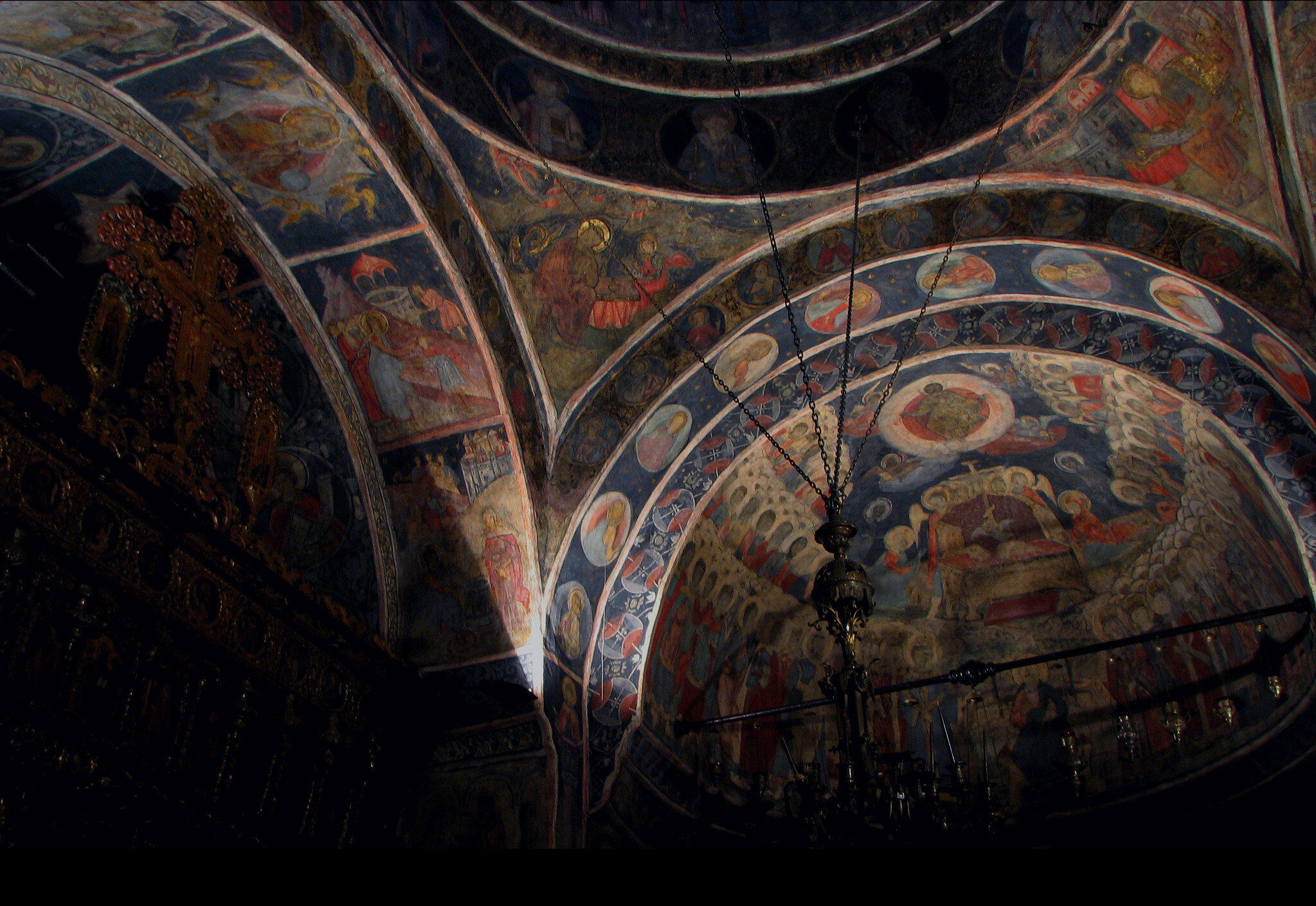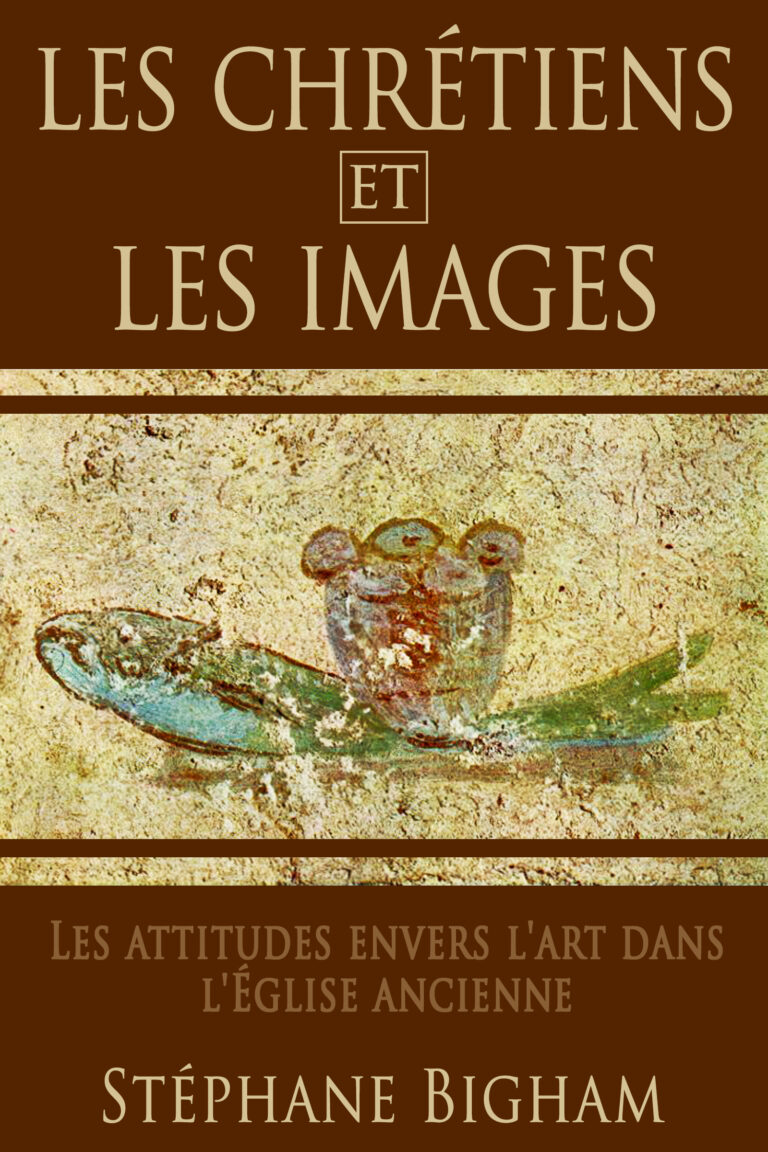Épiphane de Salamine, docteur de l’iconoclasme ? Déconstruction d’un mythe
Cinq textes iconophobes sont attribués à Épiphane évêque de Chypre, IVe s. Sont-ils authentiques ou des faux ? La légitimité de la tradition artistique chrétienne en dépend, en partie. Les iconoclastes, VIIIe s., et les protestants, XVIe s., disaient qu'il était iconophobe comme eux, qu'il rejetaient toute image. Cette étude cherche à prouver que les textes sont soit des faux soit mal interprétés.


